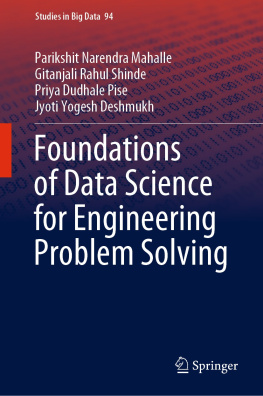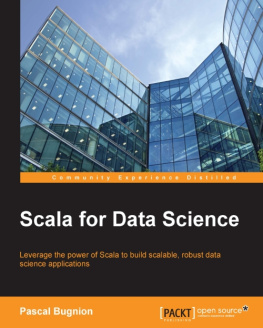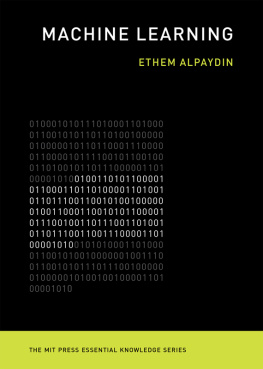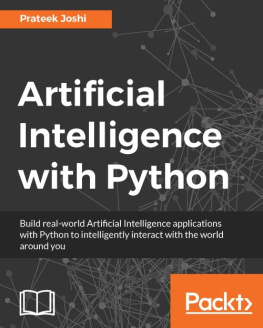Segaran - Programming Collective Intelligence
Here you can read online Segaran - Programming Collective Intelligence full text of the book (entire story) in english for free. Download pdf and epub, get meaning, cover and reviews about this ebook. City: Sebastopol, year: 2008, publisher: OReilly Media, Inc, genre: Home and family. Description of the work, (preface) as well as reviews are available. Best literature library LitArk.com created for fans of good reading and offers a wide selection of genres:
Romance novel
Science fiction
Adventure
Detective
Science
History
Home and family
Prose
Art
Politics
Computer
Non-fiction
Religion
Business
Children
Humor
Choose a favorite category and find really read worthwhile books. Enjoy immersion in the world of imagination, feel the emotions of the characters or learn something new for yourself, make an fascinating discovery.

- Book:Programming Collective Intelligence
- Author:
- Publisher:OReilly Media, Inc
- Genre:
- Year:2008
- City:Sebastopol
- Rating:5 / 5
- Favourites:Add to favourites
- Your mark:
Programming Collective Intelligence: summary, description and annotation
We offer to read an annotation, description, summary or preface (depends on what the author of the book "Programming Collective Intelligence" wrote himself). If you haven't found the necessary information about the book — write in the comments, we will try to find it.
Abstract: Want to tap the power behind search rankings, product recommendations, social bookmarking, and online matchmaking? This fascinating book demonstrates how you can build Web 2.0 applications to mine the enormous amount of data created by people on the Internet. With the sophisticated algorithms in this book, you can write smart programs to access interesting datasets from other web sites, collect data from users of your own applications, and analyze and understand the data once youve found it. Programming Collective Intelligence takes you into the world of machine learning and statistics, and ex
Segaran: author's other books
Who wrote Programming Collective Intelligence? Find out the surname, the name of the author of the book and a list of all author's works by series.






